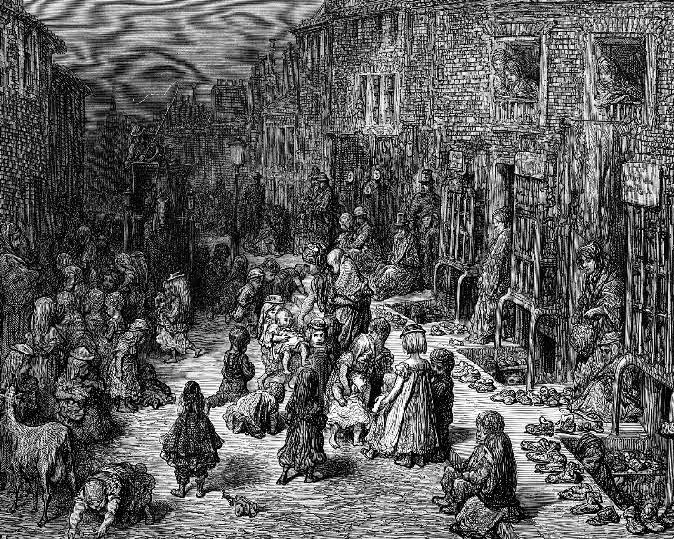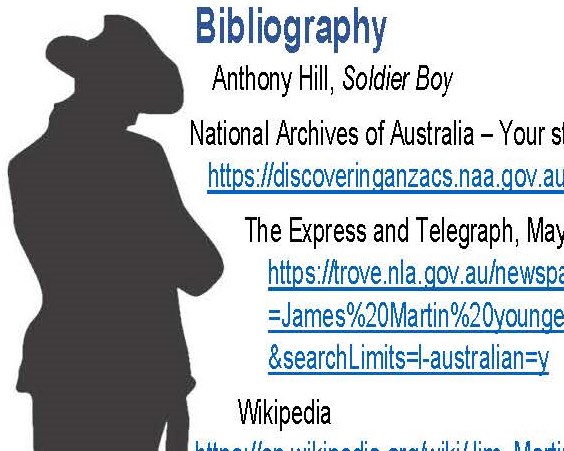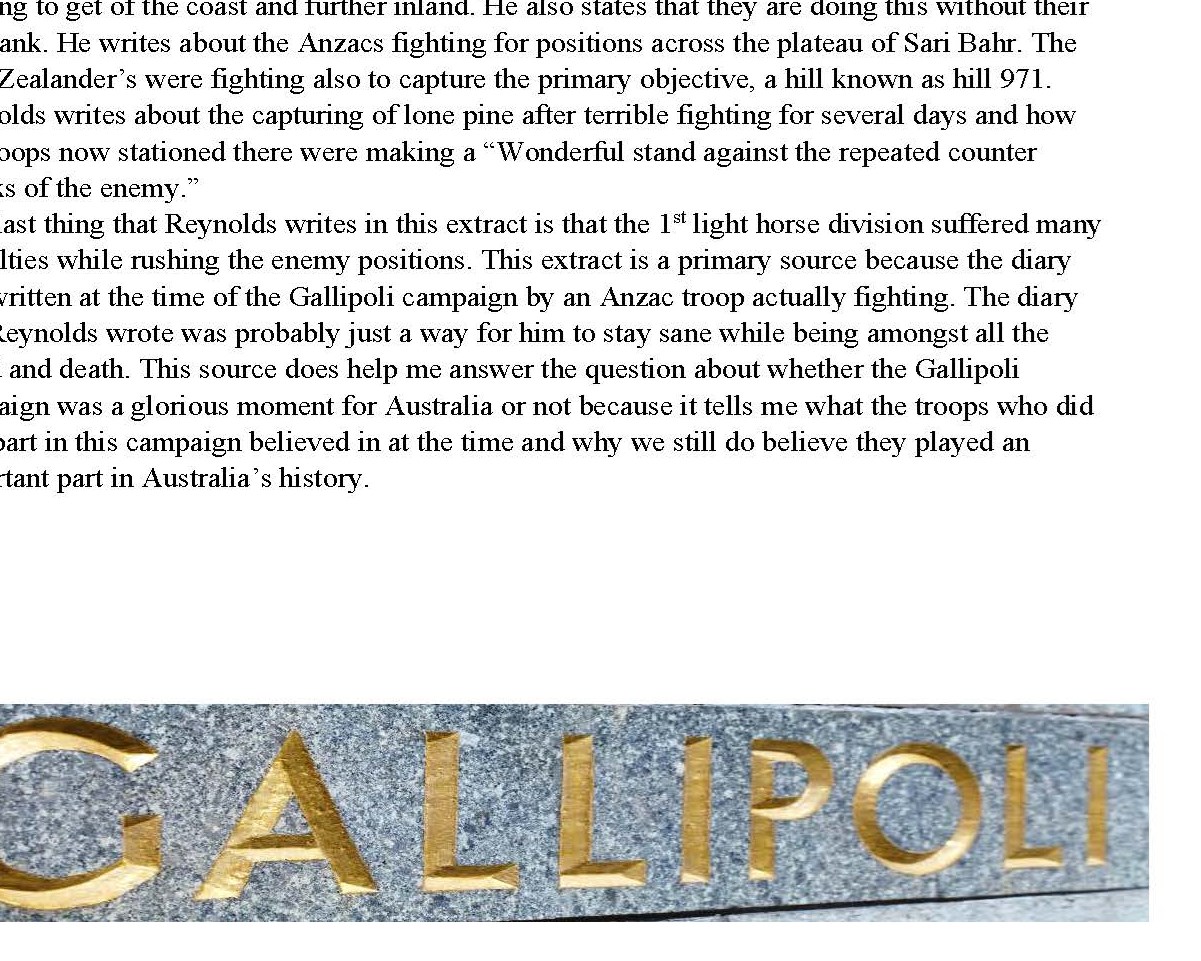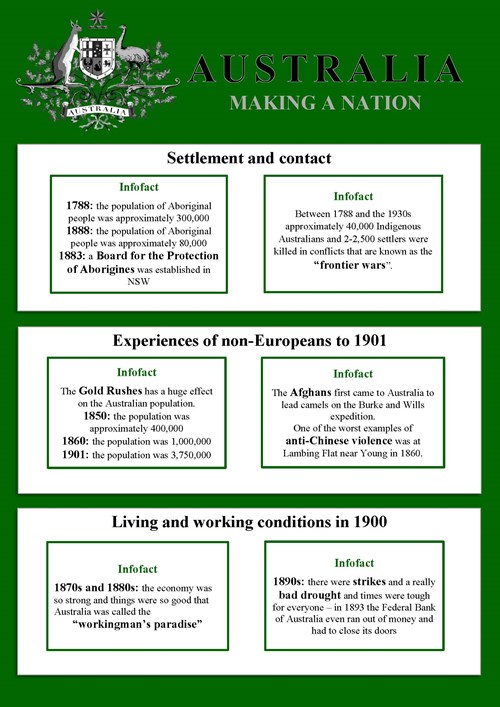By the end of Year 9, students refer to key events and the actions of individuals and groups to explain patterns of change and continuity over time. They analyse the causes and effects of events and developments and make judgements about their importance. They explain the motives and actions of people at the time. Students explain the significance of these events and developments over the short and long term. They explain different interpretations of the past.
Students sequence events and developments within a chronological framework, with reference to periods of time and their duration. When researching, students develop different kinds of questions to frame a historical inquiry. They interpret, process, analyse and organise information from a range of primary and secondary sources and use it as evidence to answer inquiry questions. Students examine sources to compare different points of view. When evaluating these sources, they analyse origin and purpose, and draw conclusions about their usefulness. They develop their own interpretations about the past. Students develop texts, particularly explanations and discussions, incorporating historical interpretations. In developing these texts and organising and presenting their conclusions, they use historical terms and concepts, evidence identified in sources, and they reference these sources.









